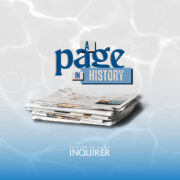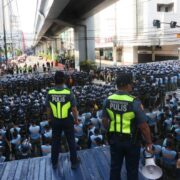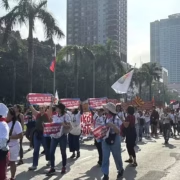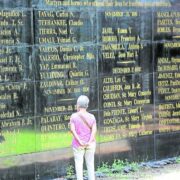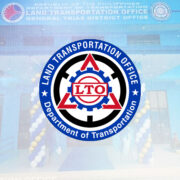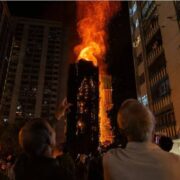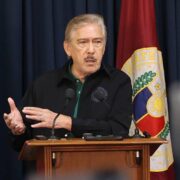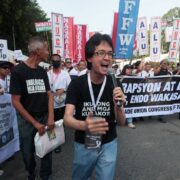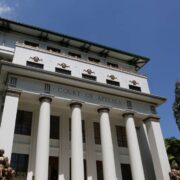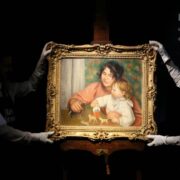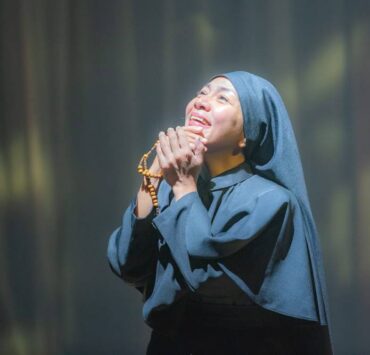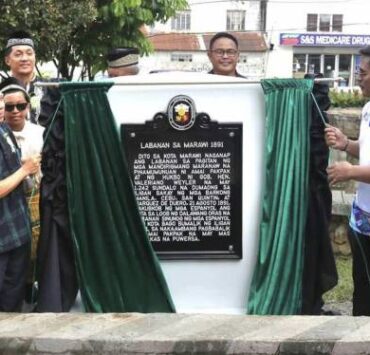Historians feted for lifelong work on local history
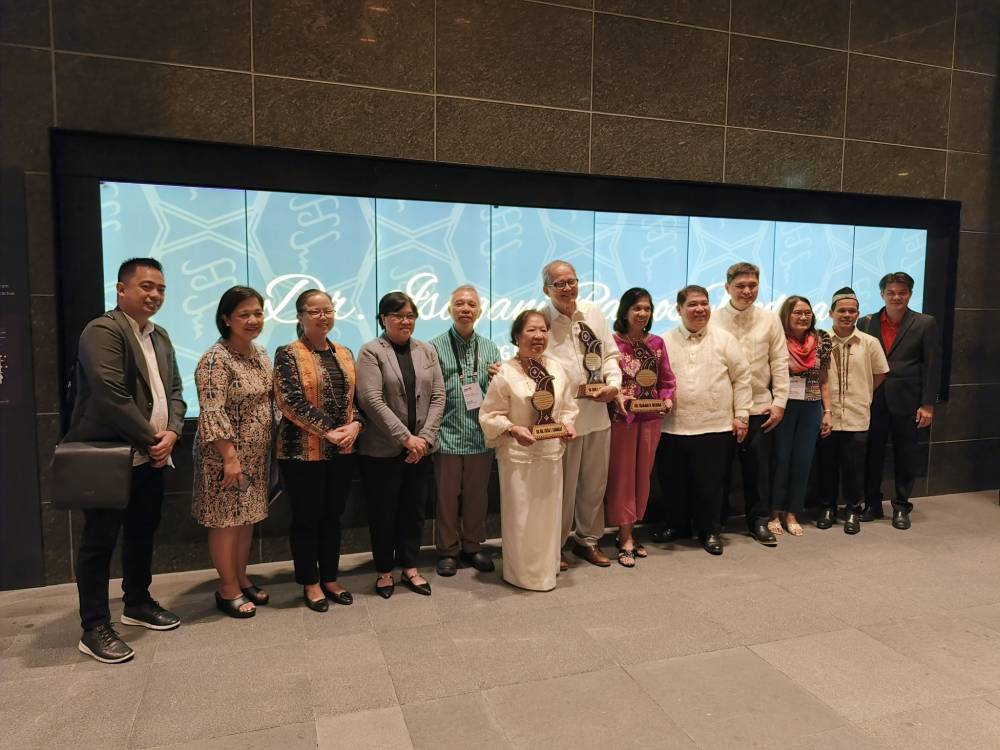
The National Commission for Culture and the Arts (NCCA), through its National Committee on Historical Research and the National Historical Commission of the Philippines (NHCP), recently bestowed on three historians the Dangal ng Kasaysayang Lokal for their dedication to the study of local histories in the country.
The award, according to NHCP, recognizes historians who have greatly contributed to the development of local history discipline in the country.
The first three awardees are Ma. Luisa Camagay, Jaime Veneracion, and the late Isagani Medina, all from the history department of the University of the Philippines in Diliman.
It was bestowed on Aug. 29 during the two-day National Conference on Local History and Heritage held at the Ayala Museum in Makati.
Camagay, who specializes in social history and women and revolutionary studies, wrote books on the local histories of Manila, Quezon City and Muntinlupa.
Women and revolutionary studies
In 2006, she was awarded by the French government the Chevalier de Palmes Academiques, and in 2009, the Patnubay a Sining at Kalinangan by the City of Manila.
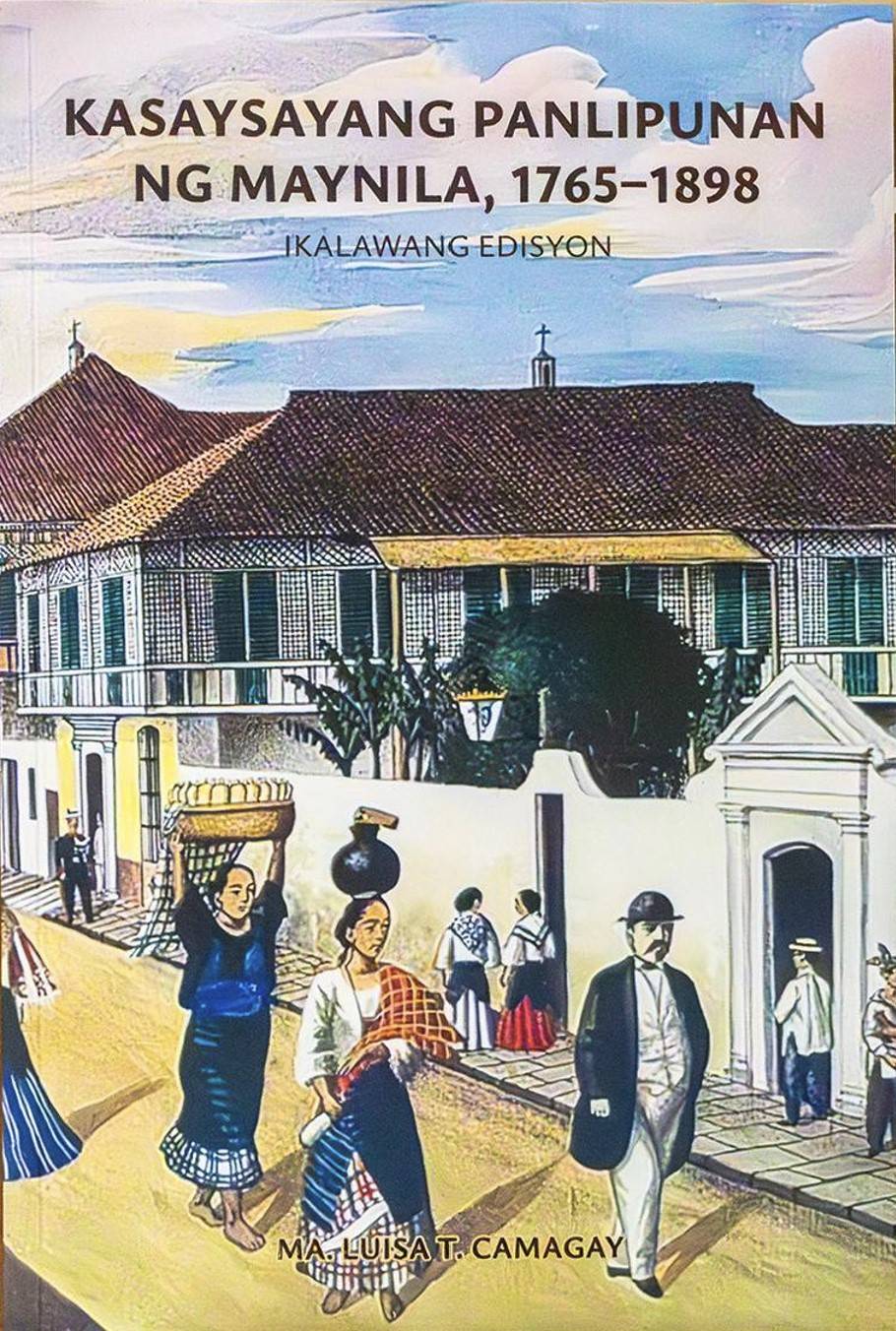
In his tribute to Camagay, Philippine Historical Association president and NHCP commissioner Francis Navarro said Camagay “broke new ground by bringing to the forefront the narratives of Filipino women, whose contributions to our nation have often been marginalized or forgotten.”
He added, “Through her pioneering research, she enriched our understanding of the social history of the Philippines, highlighting the roles that women played in various aspects of life during the colonial period.”
The other awardee, Veneracion, authored a number of books on the history of Bulacan and some of its towns with the “Kasaysayan ng Bulakan” book in 1986 as perhaps his magnus opus on local history.
Training young historians
Veneracion is the former chair of UP’s history department, previous president of the Asosasyon ng mga Dalubhasa, may-Hilig at Interes sa Kasaysayan (Adhika) ng Pilipinas Inc. and the Samahang Pangkasaysayan ng Bulacan.
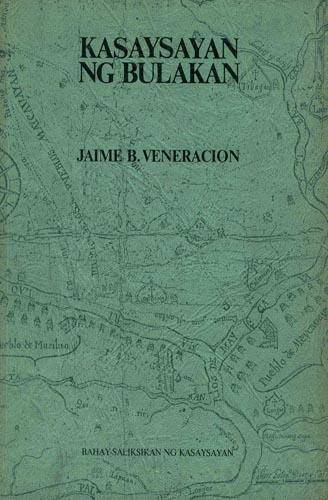
In 2004, he won the National Academy of Science and Technology Best Book Award in 2004 for his work, “Philippine Agriculture During the Spanish Regime,” and was awarded the Tanging Parangal during the Araw ng Maynila celebration in 2010.
Lino Dizon, former NHCP commissioner, said that Veneracion’s strength “can be measured with the amount of time he laboriously devoted to the historical enterprise, almost 40 years of scholarship.”
Dizon said Veneracion’s “experiences in Bulacan readily coalesce with those of other Philippine terrain; also, the dramatis personae and heroes of our history, irrespective of time and space.”
Kristoffer Esquejo, Adhika president, in his testimonial during the awarding ceremony, said that Veneracion’s award is “just and timely.”
Veneracion, he said, “truly dedicated his life to training young historians, spreading history in many ways and his continued research on his beloved province of Bulacan.”
Authority on Cavite history
Medina’s award was accepted by his sister, Mirana Medina. who compiled his research for the book “Ang Kabite sa Gunita: Essays on Cavite and the Philippine Revolution.”
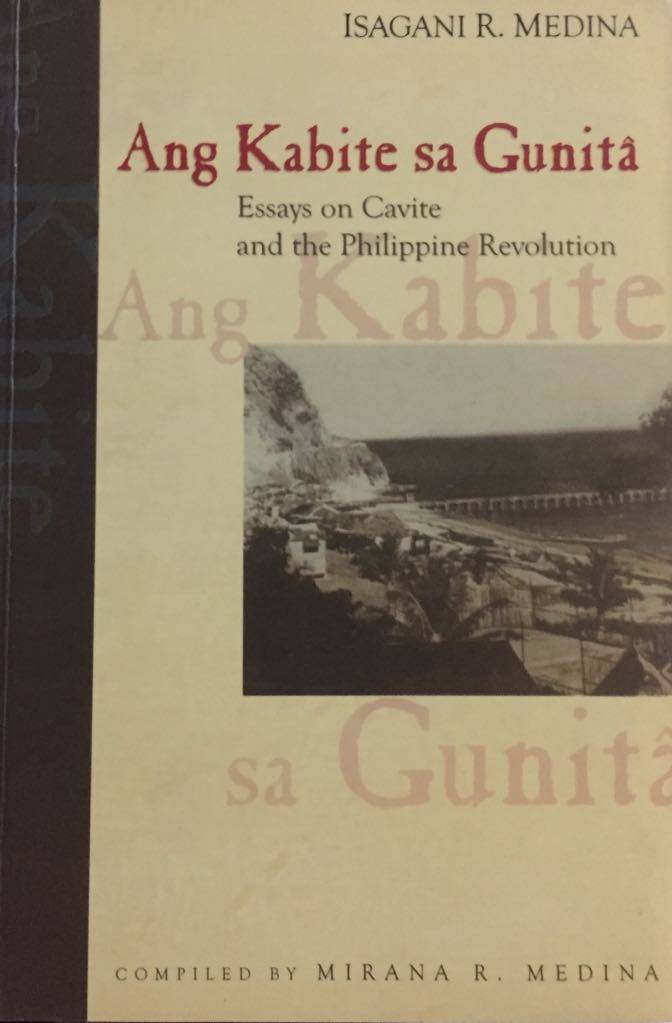
An authority on Cavite history, Medina won the National Book Award in History in 1994 for his book “Cavite Before the Revolution (1571-1896)” and was awarded the Dangal ng Haraya by the NCCA in 2001 for his important contributions in the field of cultural research.
In her testimonial for Medina, Philippine National Historical Society president Bernardita Reyes-Churchill described the former as a special friend, as both of them are from Cavite.
“There will never be another Isagani Medina in my life,” she said of the late historian, her UP colleague, with “common heritage” as Caviteños.
NHCP Commissioner Maria Eloisa de Castro, meanwhile, highlighted Medina’s contribution not only to local history studies but to library science, “which explains his openness to multidisciplinarity” in research.
“A brief glance at his sources would show that he had quite an extensive list which came from libraries and archives, public and private, known and secret, secular and religious, from the Philippines and many countries, which until today has not been matched,” she said.
De Castro added that “his body of work on Cavite remains unparalleled and continuously cited up to now.”

